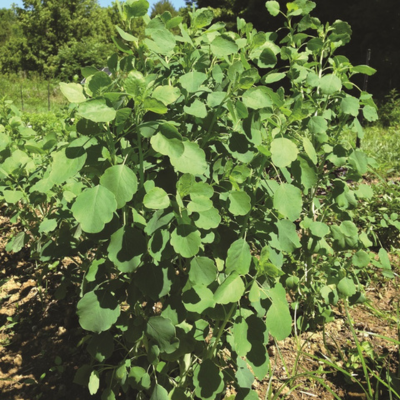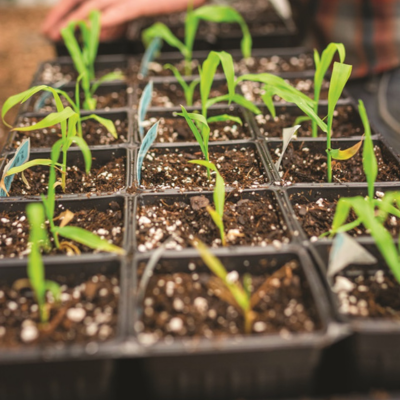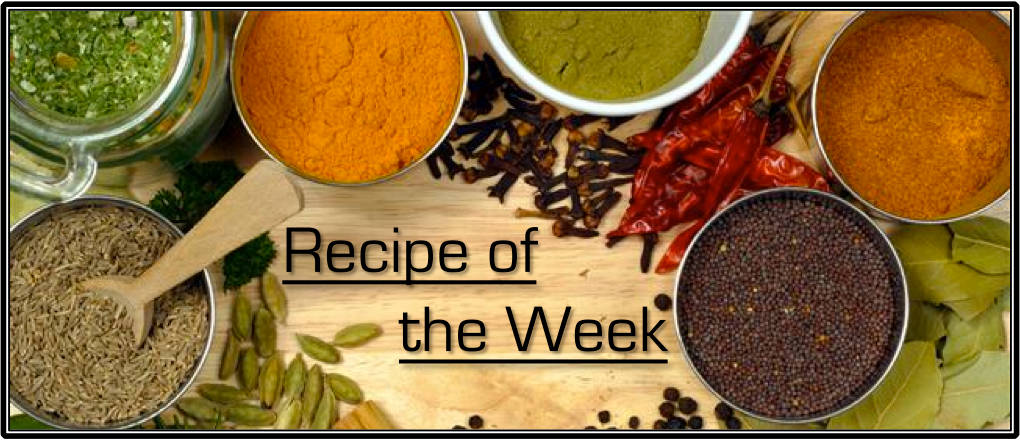How to make a hotbed is useful for growing vegetables, fruits, herbs, flowers and tropical plants. As a bonus learn how to grow sweet corn transplants.
What is a Hotbed?
A hotbed is basically a garden bed heated by decomposing organic material such as manure that allows year-round cultivation. A greenhouse or cold frame is used to trap the heat.
Various crops can be grown in hotbeds, such as vegetables, fruits, herbs, flowers and tropical plants. The technique is useful in extending the growing season, and after some practice, it could even be used to grow tropical plants (if you have a taste for horse-manure pineapples!).
How to Make a Hotbed
A hotbed could be made by building a box around three feet deep and four-to-six-feet-square. Bricks, lumber or straw could be used as building materials. If you don’t have any materials and don’t mind the work, you can make an even better hotbed by digging a pit with the same dimensions.
Obtain some manure, preferably horse manure containing around one-third of straw or other bedding. Place the manure in a pile, compact it and wait three to four days until it gets warm. Turn it over, compact it again and wait another three to four days. Now the manure should be ready to be placed in the hotbed.
Fill the hotbed with manure, and tamp it down so that the depth is one to two feet. Add six to eight inches of topsoil and a south-facing cold frame on top to keep in the heat. Don’t plant immediately as the hotbed will reach high temperatures for several days. You can safely plant when the temperature drops to 85°F or slightly lower.

Using & Maintaining a Hotbed
Maintaining the hotbed will require some skill in opening the frames in mild weather and covering them in very cold nights, but overall, you’ll be surprised at the usefulness of this natural greenhouse. The heat generated from decomposing horse manure could last for several weeks to a few months, depending on various factors, including the size of the bed and the quality of the manure.
Generally, a hotbed will be warm for six to eight weeks. A hotbed makes a wonderful bed for growing pumpkins or other nutrient-loving plants in the summer. Hotbeds provide bottom heat to transplants, enhancing germination and stimulating root growth.
Hotbeds provide bottom heat to transplants, enhancing germination and stimulating root growth.
PAUL MAGUIRE//STOCK.ADOBE.COM
Transplanting Sweet Corn
Transplanting sweet corn is an old technique that is sometimes used even today. Because plants get established quickly, farmers get an earlier crop as well as effective weed control without herbicides. Gaps in the field from ungerminated seeds are avoided as well as weed competition which leads to a better crop.
The old-school directions for transplanting corn is to prepare a plot of land much like a garden in fall. Scatter the seeds and cover with some straw to prevent birds from eating them. The following spring, the land where the crop will eventually grow…
Continue reading







 Carmen Peppers
Carmen Peppers Garden Huckleberries
Garden Huckleberries Salt & Pepper Cucumbers
Salt & Pepper Cucumbers

 Hotbeds provide bottom heat to transplants, enhancing germination and stimulating root growth.
Hotbeds provide bottom heat to transplants, enhancing germination and stimulating root growth.
